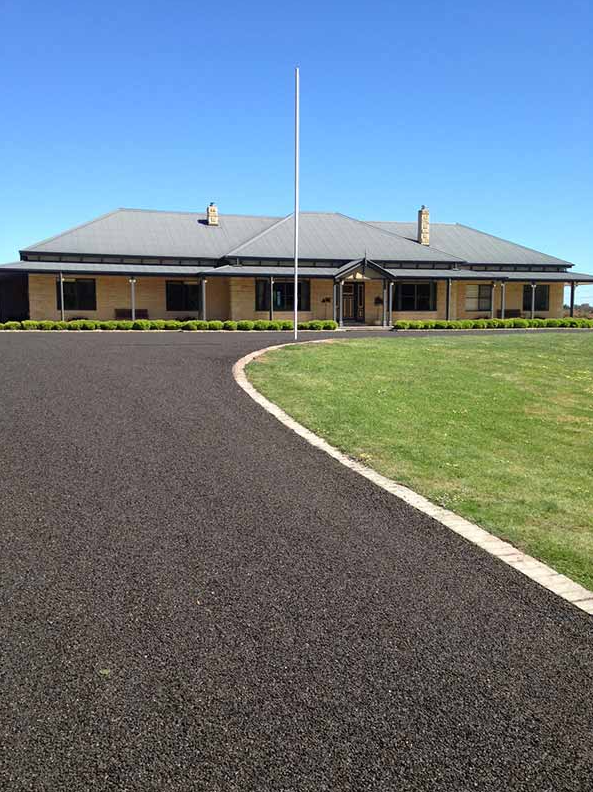When it comes to asphalt and bitumen surfacing, correct grading is one of the most critical steps in achieving long-lasting, functional results. While it may not be the most visible aspect of the job, the way a surface is graded—especially its slope—has a direct impact on everything from drainage to surface stability and longevity.
The Hidden Foundation of Every Great Surface
Grading is the process of shaping the base layer before any asphalt or bitumen is applied. It determines the direction water will flow, how well the load is distributed, and whether the surface will stand up to the pressures of daily use and changing weather conditions.
For driveways, car parks, roadways, or rural access roads in Harrisville, slope accuracy plays a defining role in how that surface performs over time.
Why Getting the Slope Right Is Crucial
A well-graded surface isn’t just about appearance—it’s an engineering decision. Getting the slope wrong can lead to:
- Pooling water, which accelerates surface degradation
- Erosion under the pavement, weakening the base
- Pothole formation due to water infiltration
- Uneven load stress, which leads to premature cracking
- Surface slipperiness, especially in high rainfall areas
For Harrisville’s varied climate, where rainfall events can be both intense and unpredictable, proper grading ensures that water is directed away efficiently and doesn’t compromise the structural integrity of the surface.
Understanding Slope Ratios
Generally, asphalt and bitumen surfaces require a minimum fall of 1–2%, depending on the application and expected usage. That’s about 10–20mm of drop per metre. However, in areas where water runoff is critical, such as large car parks or industrial hardstands, more aggressive slopes may be needed to avoid water collection.
Crossfall vs. Longitudinal Slope
Crossfall
This is the slope from side to side, typically used to channel water to kerbs or drains.
Longitudinal Slope
The incline from one end of the pavement to the other. This helps direct flow along the path of travel.
Both need to work in harmony to ensure comprehensive drainage and even load bearing.
Impacts on Surfacing Lifespan
Improper slope can drastically reduce the lifespan of an asphalt or bitumen surface. Even premium materials cannot compensate for a poorly prepared base. Water is the number one enemy of surfacing longevity, and slope miscalculations are one of the most common causes of water-related damage.
Correct grading:
- Prevents structural subsidence
- Reduces maintenance costs
- Minimises cracking and soft spots
- Extends the functional life of the surface
What This Means for Your Harrisville Project
Whether it’s a commercial hardstand, a rural driveway, or a bitumen access road, grading isn’t optional—it’s essential. At Harrisville Asphalt & Bitumen Surfacing, every project we undertake begins with precision grading to ensure the final surface not only looks good but stands the test of time.
Our team understands the local terrain and drainage patterns in and around Harrisville, allowing us to deliver solutions tailored to the specific site conditions.
Conclusion
Grading slopes correctly is not a behind-the-scenes detail—it’s a make-or-break factor in the success of any surfacing project. From controlling water runoff to ensuring structural integrity, the slope sets the tone for how your surface performs in the real world.
At Harrisville Asphalt & Bitumen Surfacing, we ensure every project is built on a reliable, well-graded base so you get a surface that lasts and performs.
Call us on: 07 5241 1492
Click here to find out more about Harrisville Asphalt & Bitumen Surfacing
Click here to complete our contact form and see how we can help with your Asphalt and Bitumen Surfacing needs.

